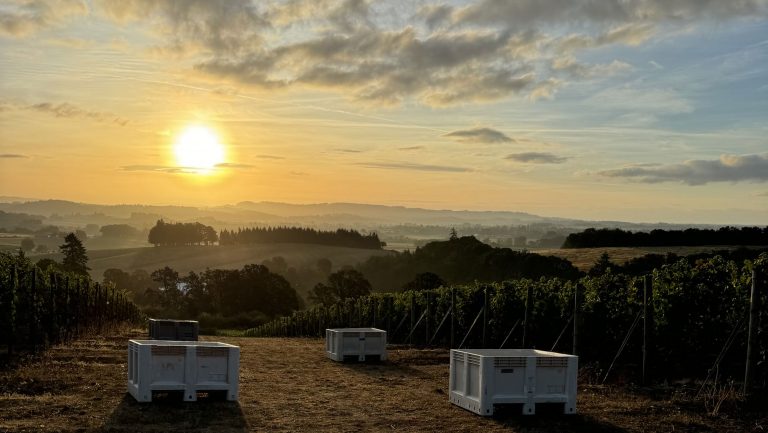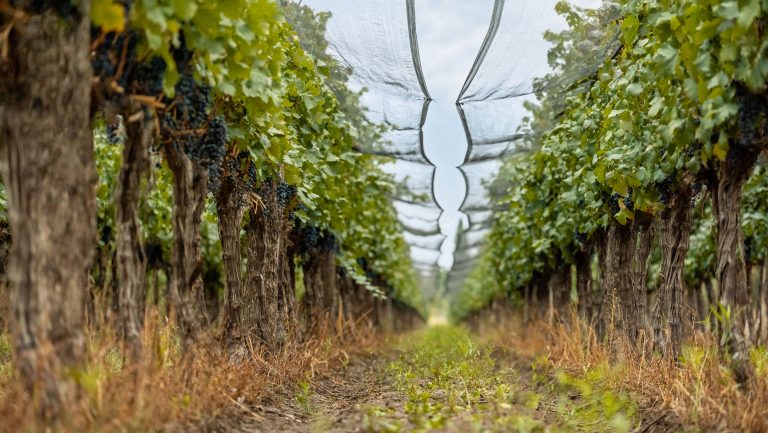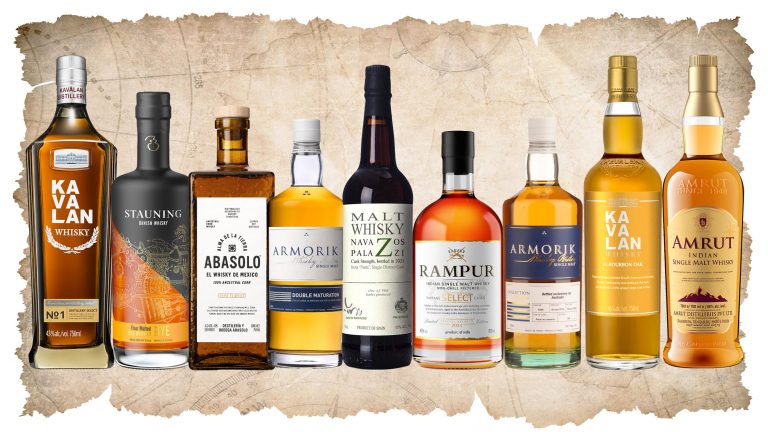The U.S. Trade and Tobacco Bureau is currently considering over a dozen petitions for new American Viticultural Areas. Half are in states that might catch some people by surprise—Massachusetts, Kentucky, North Carolina, Ohio, Vermont, and Kansas.
While these are outside the regions typically associated with fine winemaking today, Kevin Pogue, Ph.D., the owner of VinTerra Consulting, points out that growing grapes in these areas is not new. Immigrants from Germany, Italy, and many other countries began practicing viticulture as soon as they settled on homesteads. “You read about these as ‘new areas’ growing grapes, but it’s more of a resurgence than tapping into a new terroir,” he says.
Petitioners in some of these areas see AVAs as an important step in reestablishing an industry that was destroyed by Prohibition and has only recently begun to rebuild. Other goals include increasing tourism, delineating whether wines are made with local grapes, and gaining regional or national recognition. Here’s a glimpse at what to expect from each area.

Don’t miss the latest drinks industry news and insights. Sign up for our award-winning newsletters and get insider intel, resources, and trends delivered to your inbox every week.
Conneaut Creek AVA, Ohio
Conneaut Creek lies in northeast Ohio near the Grand River Valley, one of Ohio’s other two single-state AVAs. Though the area has silty soil that is ideal for grape growing, “Climate is the biggest delineator with this particular area,” says Andrew Kirk, a research specialist at Ohio State University. “You can grow vinifera in most of the Lake Erie area, but at times it can be pretty marginal.” The lake effect in this region means fewer late freezes. A generally cool climate produces grapes that retain their acidity and can be harvested later than fruit in other parts of the state, “which means you can avoid the sour rot and fruit flies that come when it’s really hot and humid,” he adds.
The inner boundary of the AVA covers 37,116 acres. Forty-five acres are planted in six vineyards. The most famous is Markko Vineyard and Winery, which was started by Tim Hubbard and Arnie Esterer, a colleague of Dr. Konstantin Frank, in 1968. Esterer was a strong believer in the potential for vinifera to grow well in the Midwest. It’s common to find Chardonnay, but growers have also planted Riesling, Pinot Noir, and Cabernet Sauvignon.
“There’s a perception that having an AVA really does make a difference in terms of your ability to market the wines, especially outside the near vicinity of where the winery is,” says Kirk. “We have a very successful AVA with the Grand River Valley and expect we’ll be able to mimic that success in Conneaut Creek.”
Kaw Valley AVA, Kansas
Kaw is the traditional name for Kansas. The AVA will be in the northeast part of the state and cover a portion of the drainage basin on the northern bank of the Kansas River. The area was affected by continental glaciation during the last Ice Age, according to Pogue, and the soils are principally glacial till, or soils deposited by glaciers, which are not found elsewhere in the state.
The AVA will cover 5,493 acres. It contains 33 vineyards and has 500 acres under vine. According to Scott Kohl, who runs the viticulture and enology program at Highland Community College, Kansas’s cold winters means that winegrowers raise mostly hybrids. They include Chambourcin (the state’s official red grape), Vignoles (the official white grape), Norton, and Petite Pearl, among others.
Though winegrowing in Kansas dates back to at least the mid-1800s, this will be the state’s first AVA. Growers hope a recognized wine region will bring positive attention to Kansas’s wine industry and allow them to highlight wines made from local grapes. The state’s 1985 Farm Winery Law used to require that wines labeled “made in Kansas” had to contain at least 60 percent grapes produced in the state, says Kohl. Today, any wine made in the state can be labeled as from Kansas, even if it doesn’t contain locally grown grapes.
“The group that wanted to start the AVA looks at it as one way to keep in the [state-grown grape] requirement,” says Kohl. “If you put the AVA on your label, it also means the grapes were grown in the AVA.”
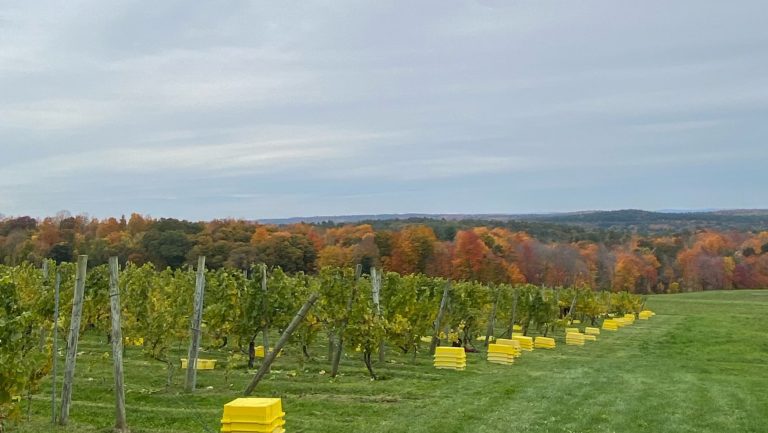
Nashoba Valley AVA, Massachusetts
The Nashoba Valley AVA will be the third recognized winegrowing region in Massachusetts. It sits in a valley between Nashoba Hill and Mt. Wachusett, and is a little more than an hour northwest of Boston. The mountains trap warm air and protect the region from harsh weather blowing in from the coast, which means there are more growing degree days than even nearby towns.
“The biggest thing we see is pretty consistent winds, but not major wind gusts like in the eastern part of the state,” says Justin Pelletier, the chief operating officer for Nashoba Valley Winery. Gentler winds mean fewer freezing days and are easier on the vines. The deep soil is mainly Paxton and other well-draining alluvial deposits.
The total AVA acreage is 57,000. Modern-era grape growing began in 2008 and so far, there are only two vineyards with fewer than 100 acres under vine. Nashoba Valley Winery and nearby Aaronap Cellars are experimenting with a mix of European varieties and hybrids, including Albariño, Lemberger, Marquette, Arendelle, and a little bit of Cabernet Franc.
Say “Massachusetts wine” and many people will think of fruit wine first. Pelletier believes that having an AVA for this small growing region is one step in putting grape wines back on the map in Massachusetts and the East Coast. “Estate-grown grapes from this area can create high-quality wines,” he says. “We’re transforming the area as we’ve realized that you can perform successful viticulture here. Having an AVA will give us that respect we’re trying to get.”
Nine Lakes of Eastern Tennessee AVA, Tennessee
If approved, Nine Lakes of Eastern Tennessee will be the first single-state AVA in Tennessee. It sits between the Great Smoky Mountains and the Cumberland Mountains in an area with nine man-made lakes created by the Tennessee Valley Authority damming project that began in the 1930s.
Eastern Tennessee gets enough rain that it’s considered subtropical, putting it in rare company with places such as Australia’s Hunter Valley and Uruguay’s Canelones Department. However, the Nine Lakes area is in a rain shadow, so it sees less moisture. The man-made waterways provide a lake effect that keeps temperatures slightly higher in the spring (when frost can be a problem) and fall.
The proposed region has 32 vineyards, 29 wineries, and 232 planted acres within the 2.6 million-acre area. Plantings are a combination of international, American, and hybrid varieties, including Muscadine, Concord, Norton, Chambourcin, and Chenin Blanc. The hot climate naturally produces sweeter wines with bold fruit flavors, but winemakers also place emphasis on wines that are balanced and highly aromatic, says James Riddle, the president of the Appalachian Region Wine Producers Association.
Tennessee is another state whose wine industry is walking the long road back from Prohibition. The state went dry in 1838, well before the national policy was implemented. Commercial winemaking didn’t become legal until the 1980s. In Riddle’s mind, creating AVAs in Tennessee is very much about promoting tourism.
It’s also about increasing the value of the region’s wine. He referenced a paper published in the Journal of Wine Economics that showed when regions within the Willamette Valley AVA established sub-AVAs, wineries (especially those which already had a reputation for quality) could charge more for their wines. “Having nested AVAs provides you the ability to have a destination and make tourism around wine and gives you a better financial value,” he says.
“We are ready to let the outside world know we are a serious grape-growing region and we make wines we are proud to sell to the world.” – Ken Albert, Shelburne Vineyard
Champlain Valley of Vermont AVA, Vermont
Champlain Valley, Vermont’s first AVA, will run along the eastern shore of Lake Champlain. Although winter nights can fall well below zero degrees Fahrenheit, the valley’s 17 vineyard and winery operations and seven vineyard owners have identified a set of grapes that grow well in the banana belt effect created by the lake. Many are varieties developed for cold tolerance at the University of Minnesota, including Marquette and La Crescent. Currently, the area has more than 115 acres under vine.
Ken Albert, the owner of Shelburne Vineyard and the initiator of the AVA petition, calls out the region’s acclaimed natural wines, focus on sustainability, and committed growers as highlights. “You gotta be willing to spend a considerable time winter pruning on some nice winter days—and on some pretty miserable windy and gray and snowy days—to have a great growing season,” he says. “And we do have a great growing season here.”
Vermont has gained acclaim for its microbrewing, microdistilling, cheese, and other foods in recent years. Albert believes an AVA will emphasize to people that wines from the state can be just as good as all the other value-added agricultural products. “We are ready to let the outside world know we are a serious grape-growing region and we make wines we are proud to sell to the world,” he says.
Tryon Foothills AVA, North Carolina
The Tryon Foothill AVA will cover the entirety of North Carolina’s 239-square-mile Polk County along the border of South Carolina. If approved, it will become the state’s seventh AVA.
“The Blue Ridge Escarpment keeps us a little bit warmer than the people on the other side,” says AVA petition author Cory Lillberg, the vineyard manager for Parker-Binns Vineyard. “We start the season a little earlier than the rest of the state, and with an early start is an early finish.” More heat means the wines have a more fruit-forward expression than is found in many parts of the state. An early growing season means the grapes are less likely to get battered by the heavy winds and crushing rain that come during the southeast’s hurricane season.
The most common grapes among the AVA’s five vineyards are Merlot and Cabernet Franc. Chardonnay, Petit Manseng, Chambourcin, and a handful of other varieties are also grown. “This area is cool because everybody has their own vibe,” says Lillberg. That being said, “The wine tastes like our neighborhood at all three [wineries].”
Tryon township in Polk County was considered the center of grape production in North Carolina in the late 19th century, and Lillberg is eager to put “our little neck of the woods” on the map. “Hopefully that will entice other folks to come to the area and plant some grapes and get in on the fun,” he says.
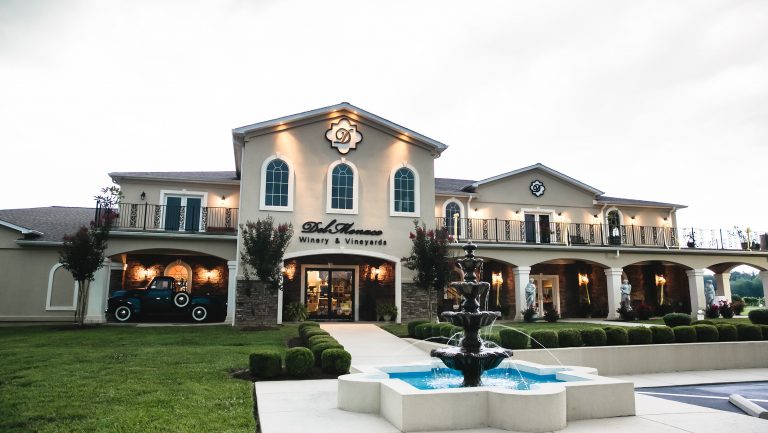
Upper Cumberland AVA, Tennessee
The Upper Cumberland AVA will cover the north-central portion of Tennessee. Smaller in area than the proposed Nine Lakes region, it covers 2.1 million acres but has only 71 planted acres. All of the region’s eight counties have wineries; there are a total of 10 winemaking facilities and 55 vineyards.
According to Riddle, vineyards sit on the Cumberland Plateau, which runs roughly northeast to southwest across the state in a belt 30 to 50 miles wide. Limestone underlies most of the area and is covered with clay, which is then covered with some combination of sand, shale, gravel, loess, and alluvial soil in most places.
The average vineyard elevation is 2,000 feet, so the climate is significantly cooler than in eastern Tennessee. Bud break can begin as early as mid-April but often doesn’t conclude until the middle of May. The higher elevation also means that harvest comes later in the year, and that the grapes have thicker skins, more acid, and brighter fruit flavors. Look for wines made with American and hybrid grapes in this region, including Muscadine, Marechal Foch, Catawba, Cayuga, and Niagara.

Dispatch
Sign up for our award-winning newsletter
Don’t miss the latest drinks industry news and insights—delivered to your inbox every week.
Sophia McDonald is a freelance writer who lives in Eugene, Oregon. Her work has appeared in numerous publications and on websites, including Wine Enthusiast, Eating Well, Sip Northwest, and 1859 Oregon’s Magazine.




